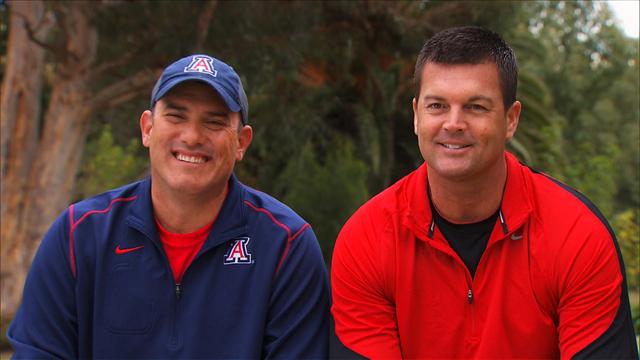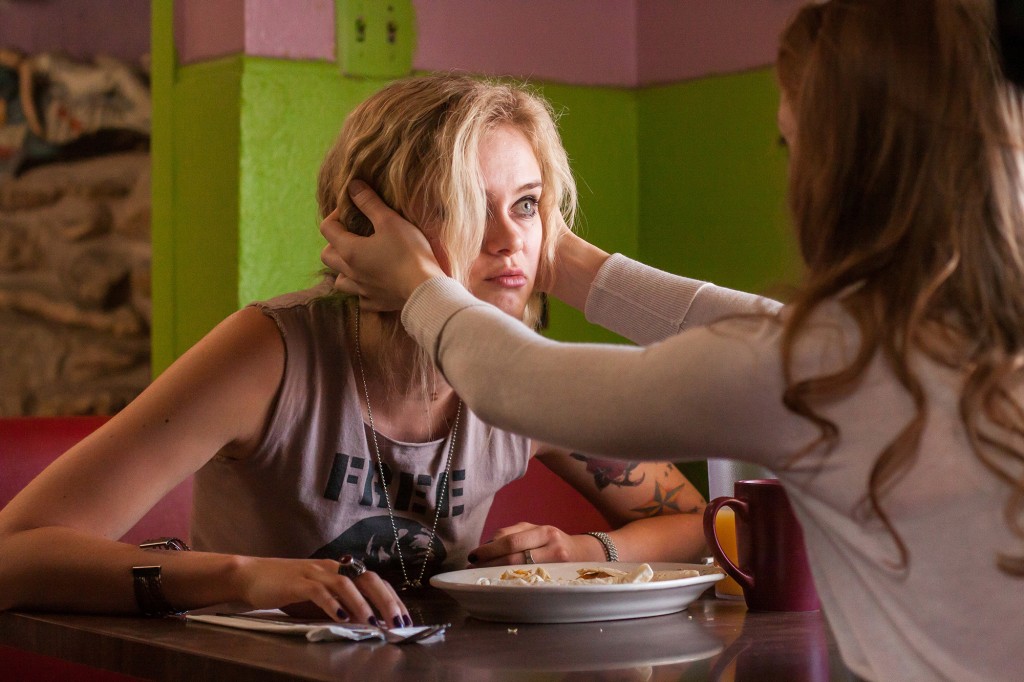
Ultimate Marvel Team-Up #2-3 (2001)
Written by Brian Michael Bendis
Penciled by Phil Hester
Inked by Ande Parks
Colored by JC
Published by Marvel Comics
In comparison to last issue of Ultimate Marvel Team-Up, Ultimate Marvel Team-Up #2-3 fits much more seamlessly with its parent title, Ultimate Spider-Man. It opens an extended opening scene set inside the Daily Bugle where editors J. Jonah Jameson and Robbie Robertson have a Sorkin-esque walk and talk conversation about how to cover the “mutant problem” while Ben Urich has just received a tip that a “green montrosity” is on its way to New York. Of course, it’s the Hulk, and the rest of the story isn’t concerned with the possibly fascinating topic journalism in the Ultimate Marvel Universe, but big splash pages, smashing, and Spider-Man coming to grips with fighting an unbeatable foe. Sadly, writer Brian Michael Bendis doesn’t do much with the Bruce Banner/Hulk dichotomy with Banner making a small appearance at the end of issue 2 where he babbles like a conspiracy theorist. The issue doesn’t really end even if there is a coda that bookends nicely with the journalism sequence in Ultimate Marvel Team-Up #2.
As always, the real thrill of reading Ultimate Marvel Team-Up is seeing the guest artist’s take on Spider-Man and other elements of the Marvel Universe. Once again, Bendis steals from the art team of Kevin Smith’s Green Arrow‘s run (Matt Wagner did the covers for the book.) and gets the penciler/inker team of Phil Hester and Ande Parks. However, both Bendis and Hester had contributed to defunct Caliber Press’ black and white anthology series Negative Burn in the early 1990s so this is another example of Ultimate Marvel giving proven indie talent a shot at re-working their most iconic characters. Hester did do some covers for X-Men: The Early Years, a series featuring reprints of Stan Lee and Jack Kirby’s X-Men stories, but this was his first time drawing both Spider-Man and the Hulk.
Hester and Parks’ lines are incredibly clean and strong, and his characters have an angular feel to them, kind of like Bendis’ then-collaborator on Powers, Michael Avon Oeming. Hester even gives his version of the Hulk, a bulky bodybuilder’s frame with some body hair to make him seem more like a human than a monster. (Even though Bendis restricts his dialogue to “Hulk smash” and a clipped version of “Hungry”.) He also uses thin panels combined with shots of Spider-Man’s feet and debris surrounding him to give the Hulk a slightly suspenseful build-up before unveiling his poster worthy money shot of Ultimate Spider-Man and Ultimate Hulk meeting for the first time. Hester treats Ultimate Marvel Team-Up #2-3 like a monster movie and big panels and spreads are the order of the day and show Hulk’s destructive capabilities along with Spider-Man’s futile attempts to fight him while rescuing civilians along the way.
Even though the plot is a retread of the Gerry Conway/John Romita Sr two-parter in Amazing Spider-Man #119-120 (One fateful issue before Gwen Stacy gets her neck snapped.), Bendis compensates with making Spider-Man nervously neurotic while simultaneously trying to save as many civilians as possible. There is a lot of relentlessly quippy internal monologue, including a funny, zeitgeist-y bit about getting Will Smith or astronauts to save him, and it shows that Spidey uses this as a coping mechanism in stressful situation. Colorist JC pours on the yellows when his Spider-Sense goes off, which is basically the entire issue.
But the whole time in Ultimate Marvel Team-Up #2-3, Spider-Man is trying to get the Hulk into a less populated area to talk Hulk down or beat him up away from civilians and buildings. This leads to some nervous comedy as the fight’s in New York freaking City, but sets up Spidey as a caring, empathetic hero compared to the military which blows up the situation at the end of issue 3 and leads to a slightly calmer Bruce Banner Hulking out again and disappearing until he’s kinda, sorta retconned as a bigger, angrier (and hornier in one of the more awkward moments in Marvel Comics history) version in The Ultimates.
 The Hulk doesn’t get an arc in Ultimate Marvel Team-Up #2-3 and just exists as the bigger opponent that Spider-Man can’t defeat through strength or even guile. Initially, Bendis creates an interesting parallel between him and Ultimate Green Goblin, who resembles Hulk and had been on the lam after kidnapping his son Harry in Ultimate Spider-Man #11. The chance to possibly rescue his friend and defeat his rival/dark father figure is what draws Peter Parker out of his trigonometry induced stupor to awkwardly suit up and follow reporter Ben Urich to get the villain while he gets story. (The journalism angle gets dropped unfortunately.) But the Osborn connection is never mentioned again as the Hulk becomes the strong, bad guy, who becomes Bruce Banner after eating raw fish. (I never thought sushi would be the Hulk’s kryptonite.) It’s like Bendis and Hester realized that Banner hadn’t showed up, and their two part story was almost finished so they awkwardly fit him in.
The Hulk doesn’t get an arc in Ultimate Marvel Team-Up #2-3 and just exists as the bigger opponent that Spider-Man can’t defeat through strength or even guile. Initially, Bendis creates an interesting parallel between him and Ultimate Green Goblin, who resembles Hulk and had been on the lam after kidnapping his son Harry in Ultimate Spider-Man #11. The chance to possibly rescue his friend and defeat his rival/dark father figure is what draws Peter Parker out of his trigonometry induced stupor to awkwardly suit up and follow reporter Ben Urich to get the villain while he gets story. (The journalism angle gets dropped unfortunately.) But the Osborn connection is never mentioned again as the Hulk becomes the strong, bad guy, who becomes Bruce Banner after eating raw fish. (I never thought sushi would be the Hulk’s kryptonite.) It’s like Bendis and Hester realized that Banner hadn’t showed up, and their two part story was almost finished so they awkwardly fit him in.
Banner and Spidey barely get to talk in a three page sequence in Ultimate Marvel Team-Up #3, which involves Spider-Man reorienting him. Banner does drop an X-Files type line about his and Spider-Man’s powers being related (through the superhero serum), but then reverts quickly to Hulk once the soldiers show up with no opportunity to find any common ground with Spider-Man. Hester and Parks do get to capture how shock and stress affects Bruce Banner by drawing him and Spider-Man in silhouette and taking a break from JC’s decent, but not great digital colors.
Ultimate Marvel Team-Up #2-3 succeeds on a superficial level with artists Phil Hester and Ande Parks showing the Hulk’s destructive, powerhouse nature compared to the spindly Spider-Man, who can only bait him or run away. (They do get points off for making Spidey’s webs looking like used bubble gum.) Writer Brian Michael Bendis also deserves credit for depicting Spider-Man simultaneous heroism and freaking out and ending the story with Peter Parker passed on the couch in front of the TV, like most people do after a hard day’s work. However, though still a disaster film worthy smashing machine courtesy of Hester, the Hulk is a one dimensional wrecking crew and could’ve easily been subbed in for the Abomination.







